
Bird Walk near Lulung, Mayurbhanj Odisha
- Mayurbhanj
- 19 October, 2025
- Barun Rajkisku

About Lulung
Lulung in Mayurbhanj district, Odisha, lies near the Similipal region and is at the interface of forest and riverine systems. The habitat includes tropical moist deciduous forest, riverine corridors, seasonal streams, and patches of semi-evergreen forest. Birdlife here may include species of tropical forest interiors (e.g. bulbuls, barbets, flycatchers), as well as riparian species (kingfishers, wagtails, herons). The forest may also support mammals like deer, primates, elephants, etc.
Threats include deforestation, shifting cultivation, forest fires, human-wildlife conflicts, and infrastructure development (roads). Conservation in Mayurbhanj is tied to larger protected area systems (e.g. Similipal Tiger Reserve). Strengthening buffer zone management, regulating tourism, involving local tribal communities, and restoring degraded patches are key to long-term viability.
Partnered with
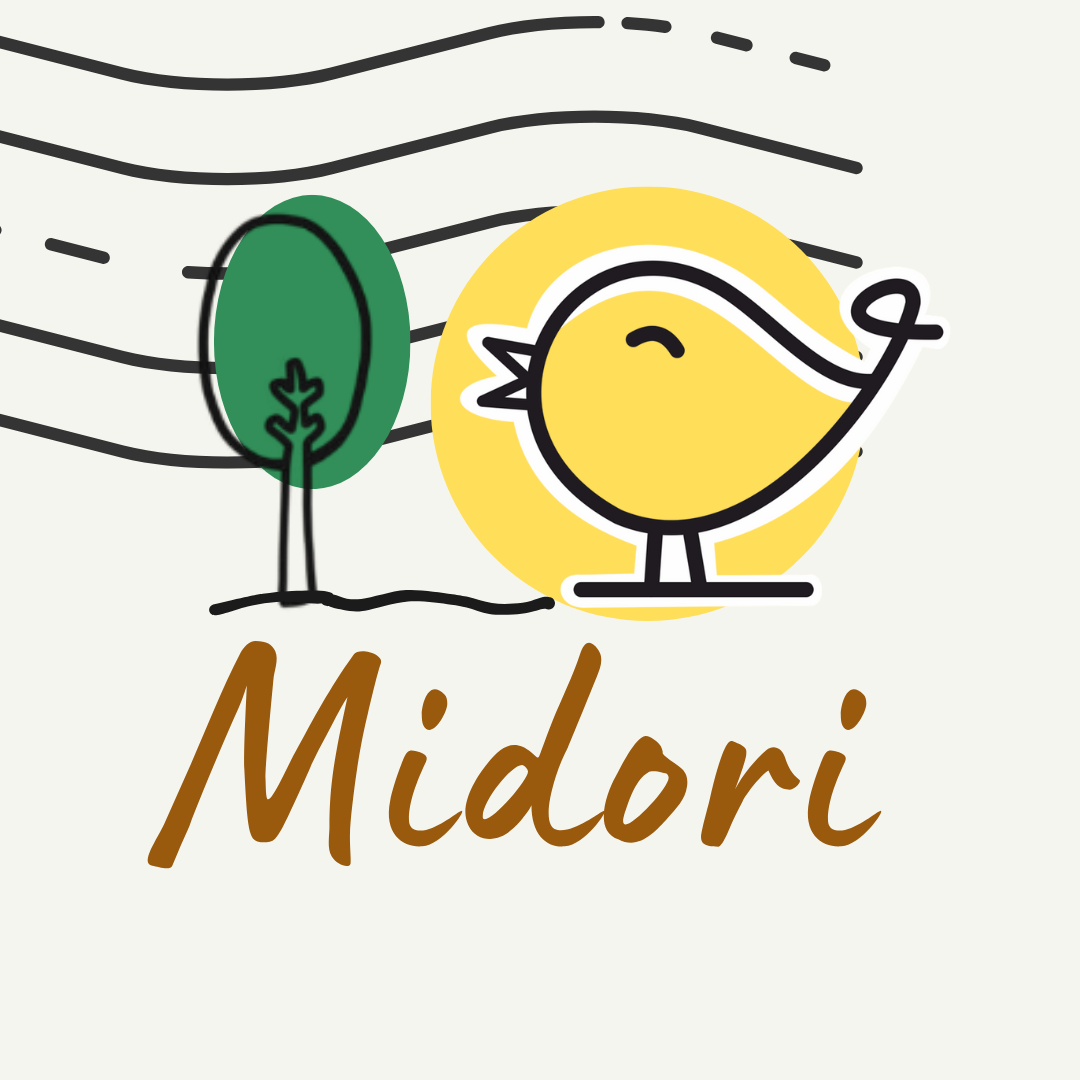

Bird Guide: Barun Raj Kisku
With a Master’s in Visual Arts, Barun blends creativity with conservation, leading bird walks for nature enthusiasts and participating in wetland bird censuses across Odisha, including Chilika. Passionate about protecting wildlife, he also undertakes eco-friendly projects, art and photography initiatives, and tourism work across the state.
Bird walk Location

Common birds of Lulung
In Lulung (Mayurbhanj district, Odisha), near forest and stream habitats, typical bird species in eBird and regional lists include White-throated Kingfisher, Blue-tailed Bee-eater, Indian Roller, Green Bee-eater, Black Drongo, Ashy Drongo, Asian Paradise Flycatcher, Common Iora, Coppersmith Barbet, Tailorbird, Jungle Babbler, Oriental Magpie Robin, Chestnut-rumped Thornbill, Malabar Pied Hornbill, and woodpeckers such as Black-rumped Flameback. In denser forest patches, one might also find Greater Racket-tailed Drongo, Asian Fairy Bluebird, Rufous Woodpecker, Himalayan Bulbul (depending on elevation), or Greater Pied Hornbill (if habitat supports).
Seasonal migrants or riparian species (depending on streams) include Barn Swallow, Paddyfield Pipit, Yellow Wagtail, and Pied Kingfisher along waterbodies.
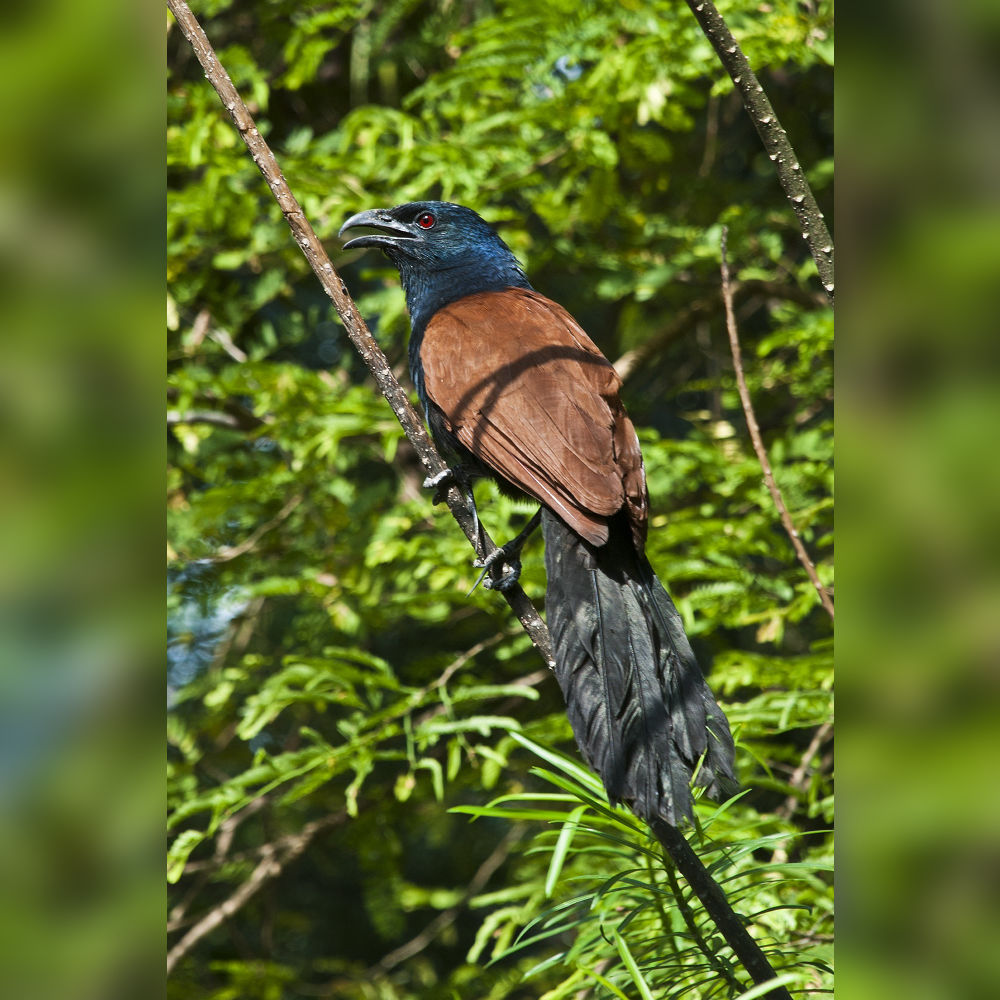
Greater Coucal
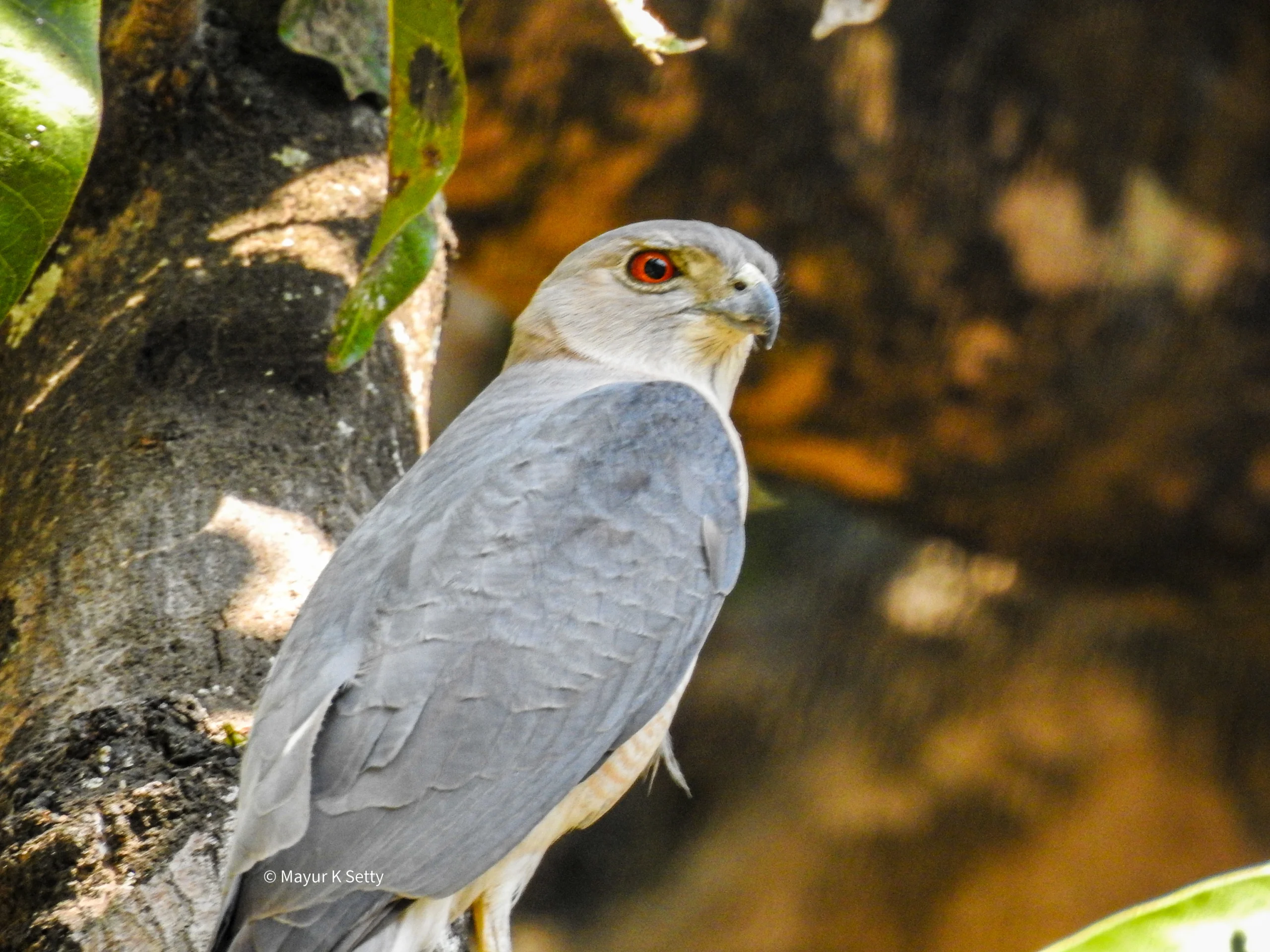
Shikra
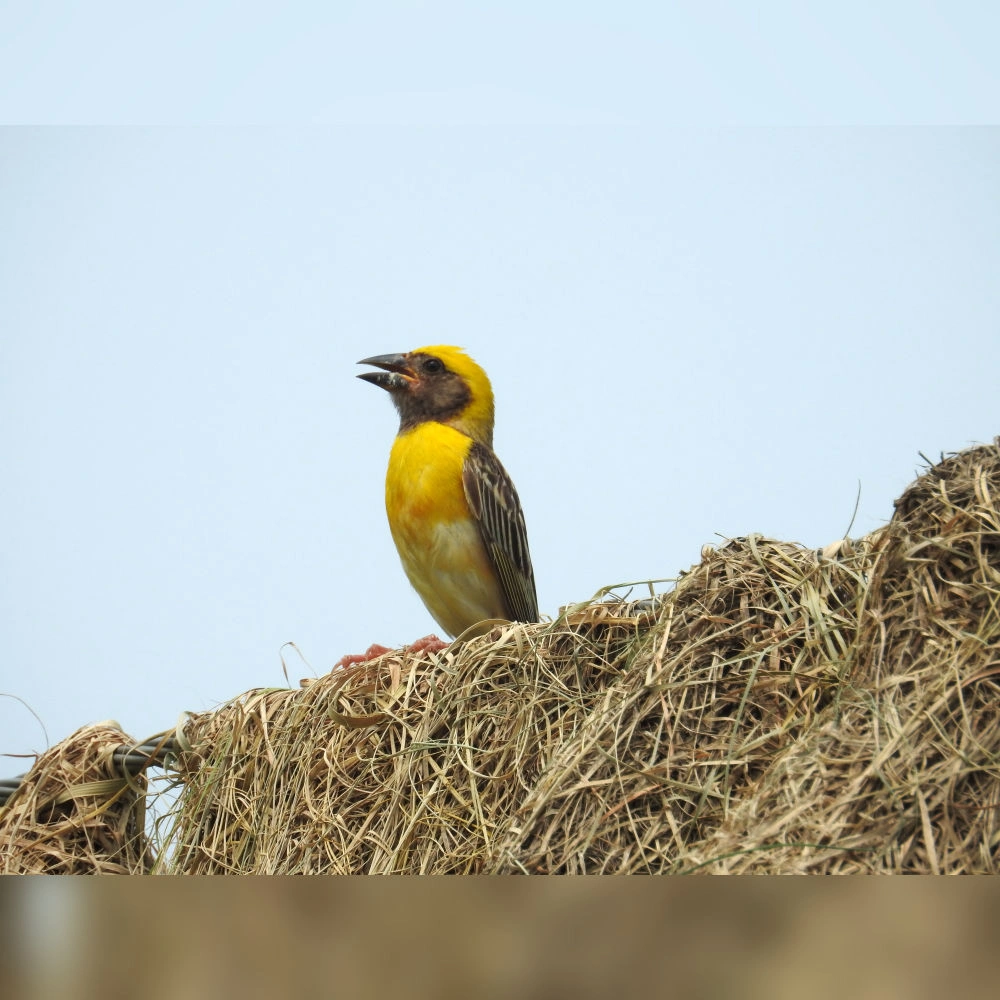
Baya Weaver
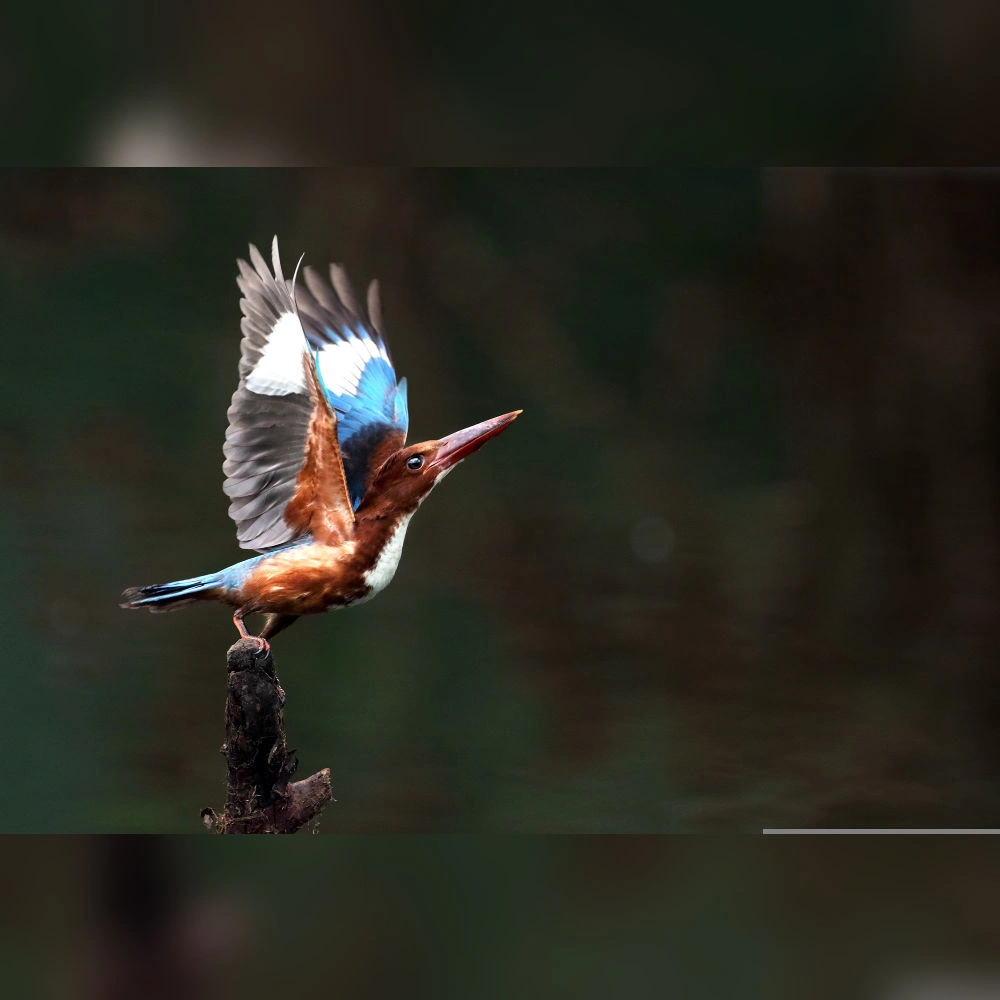
White-throated Kingfisher
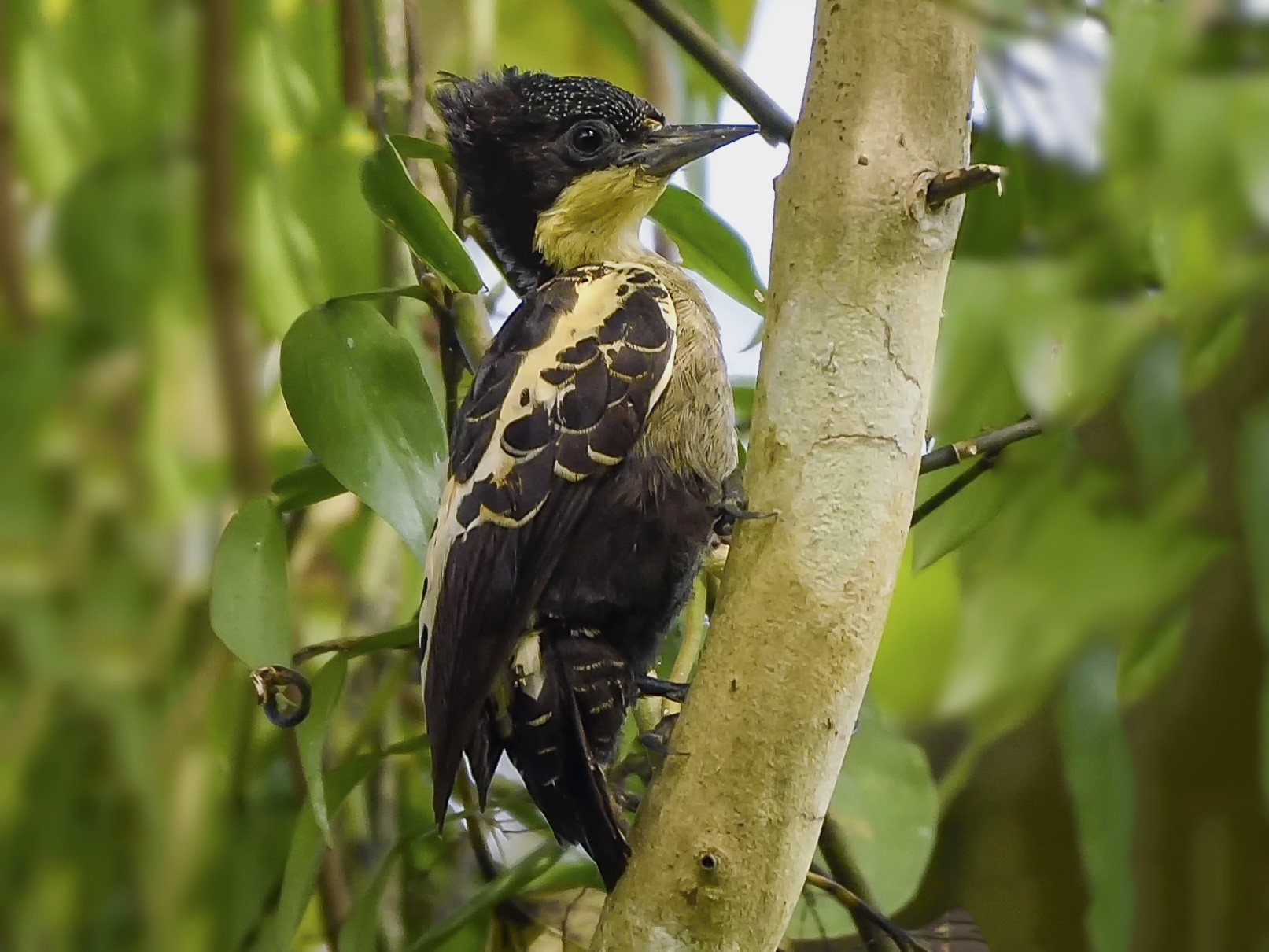
Heart-spotted Woodpecker
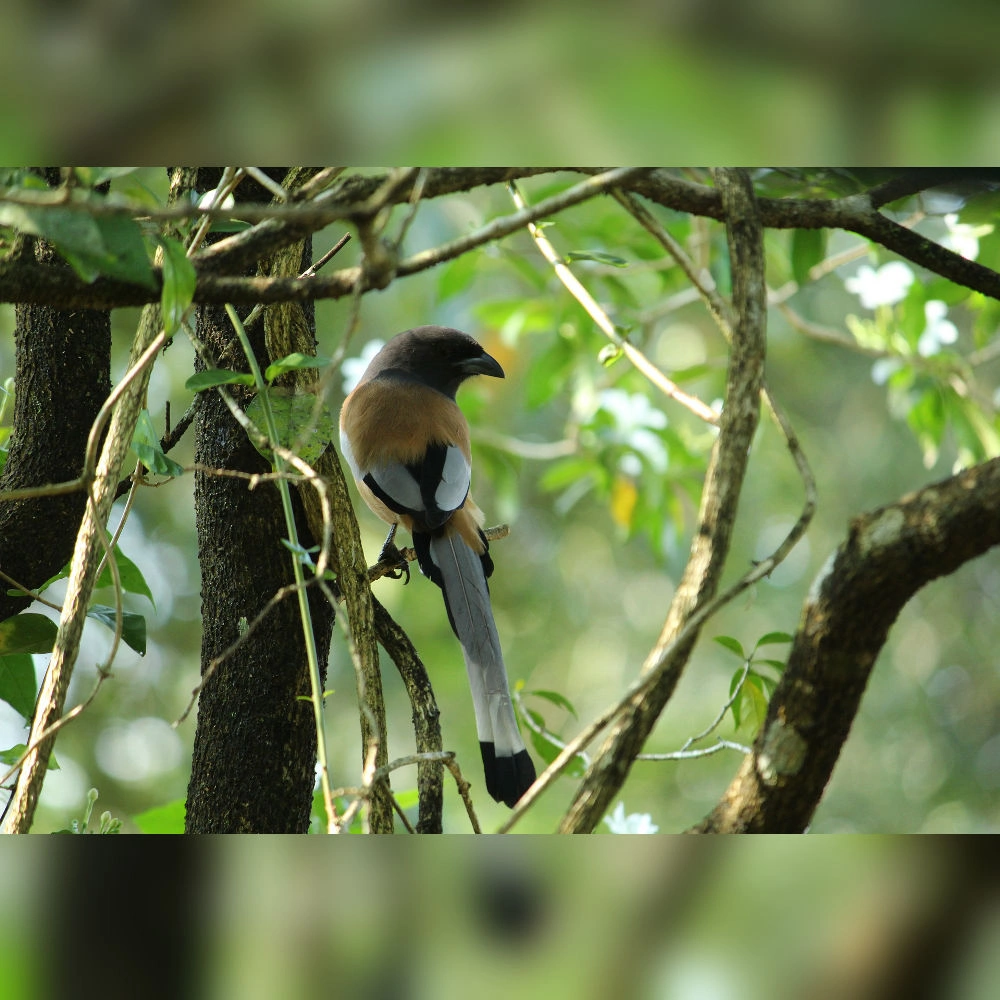
Rufous Treepie
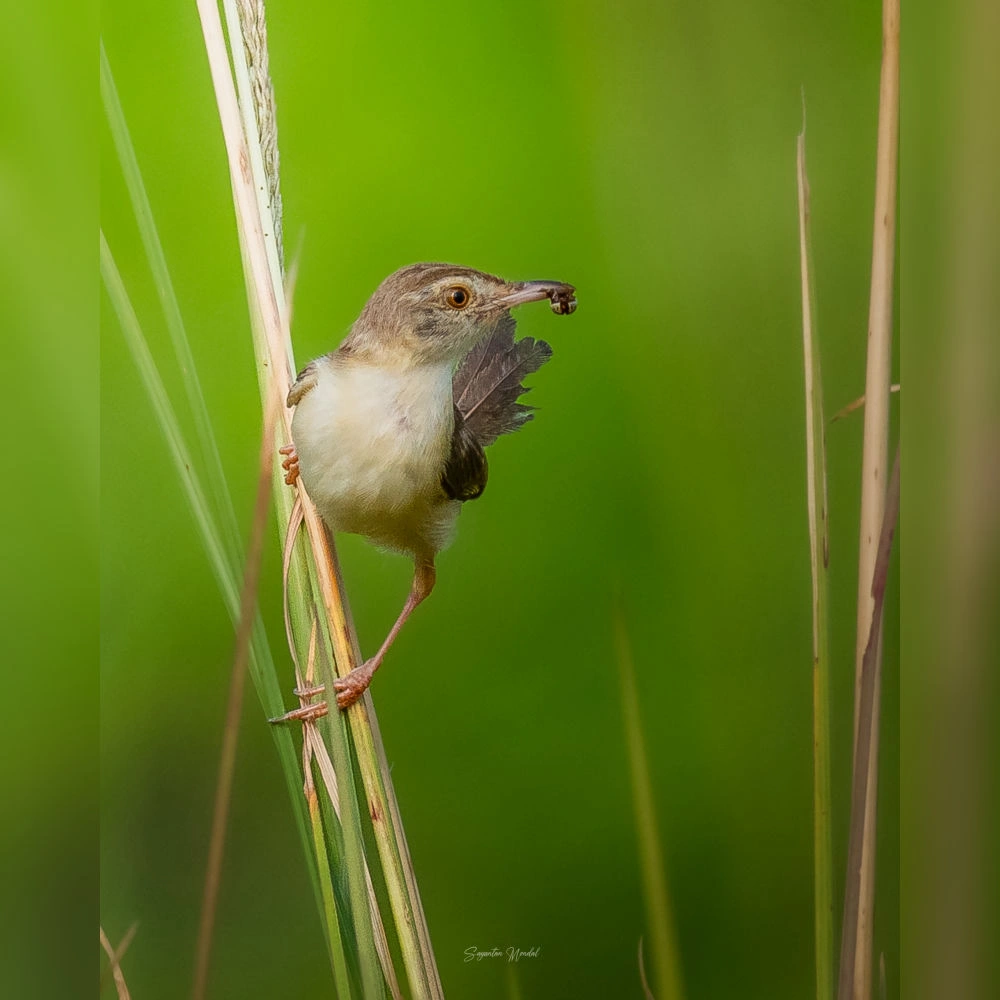
Plain Prinia
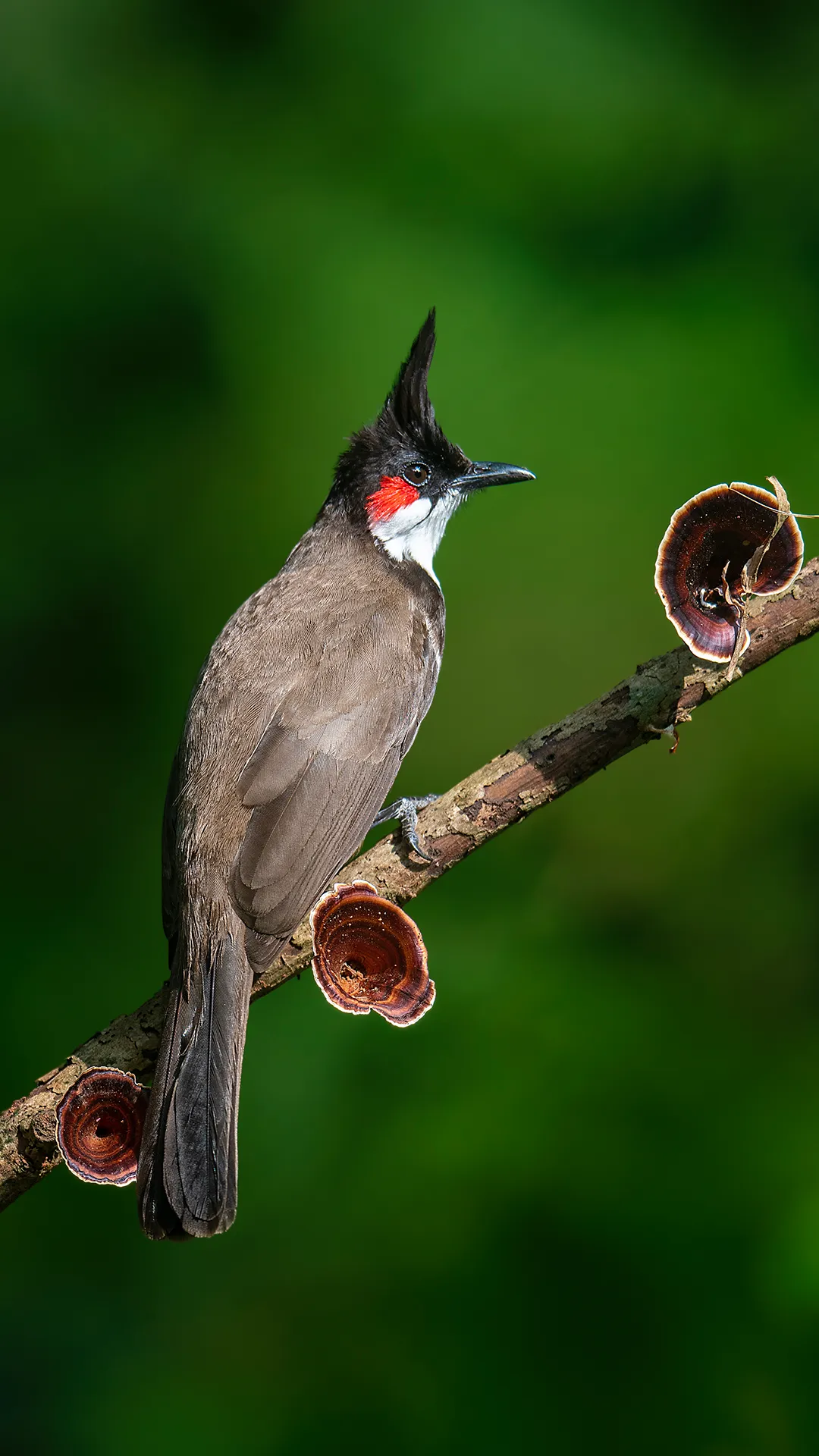
Red-whiskered Bulbul
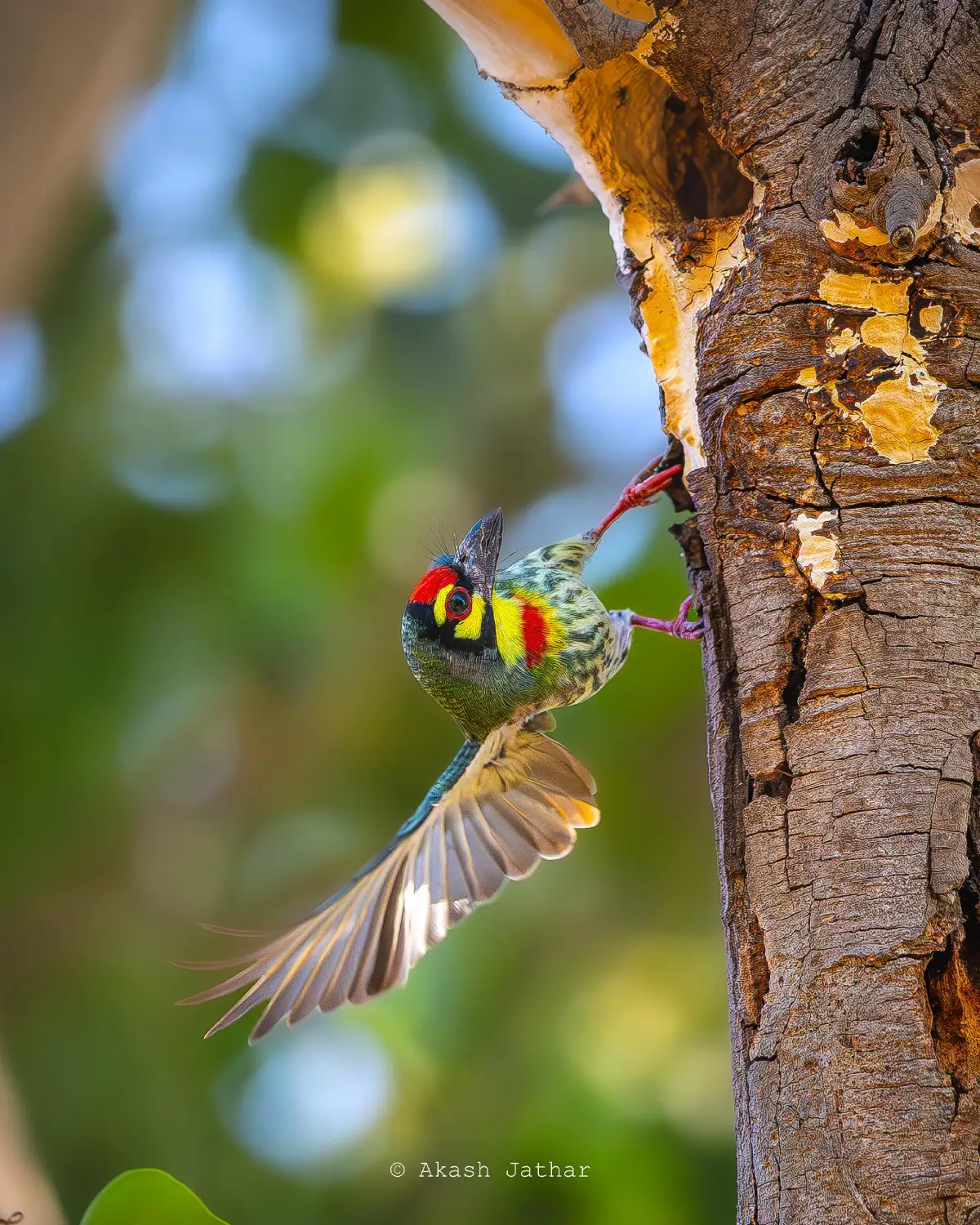
Coppersmith Barbet
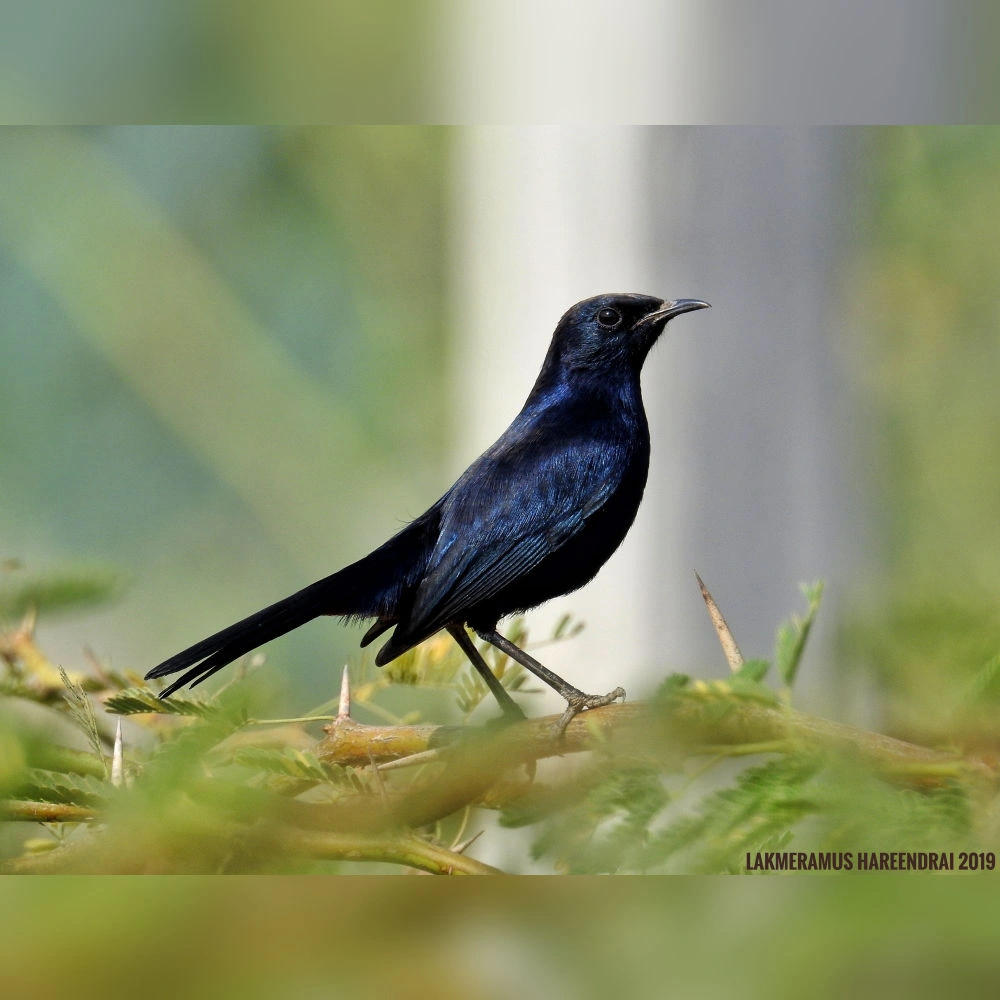
Indian Robin
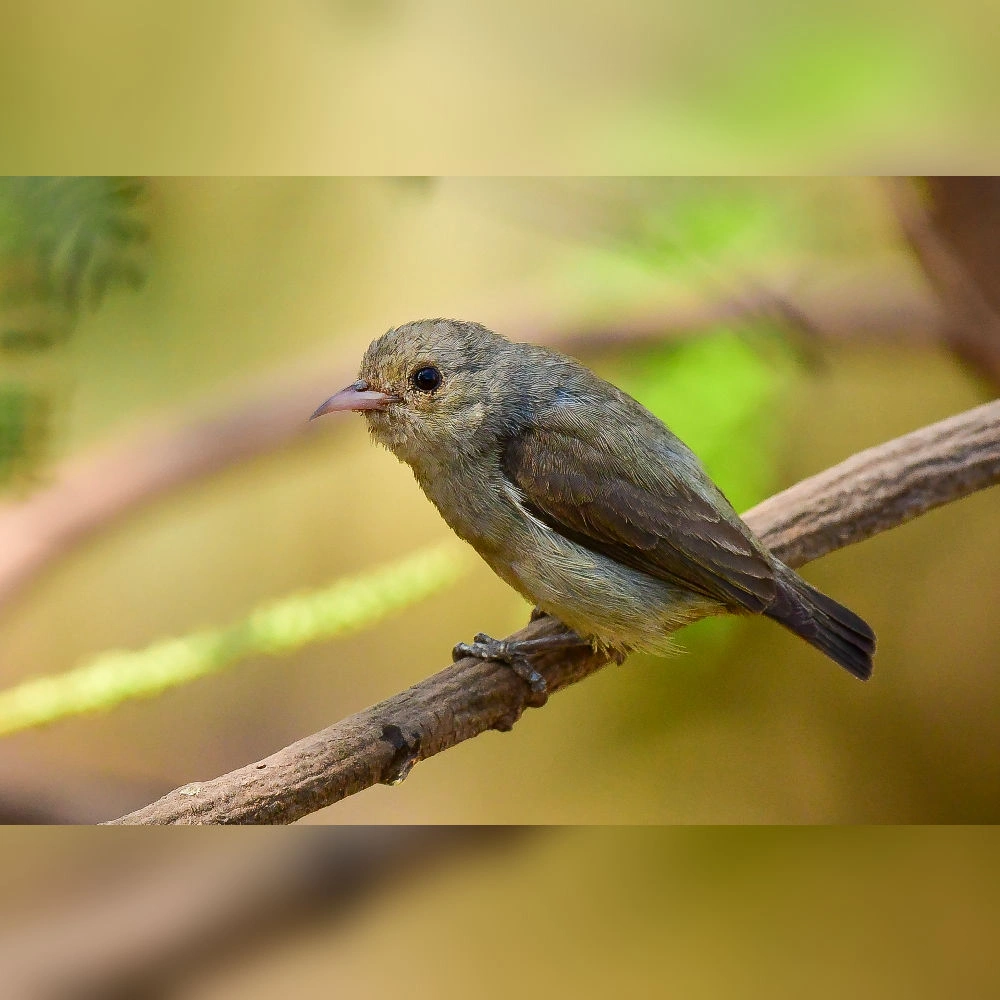
Pale-billed Flowerpecker
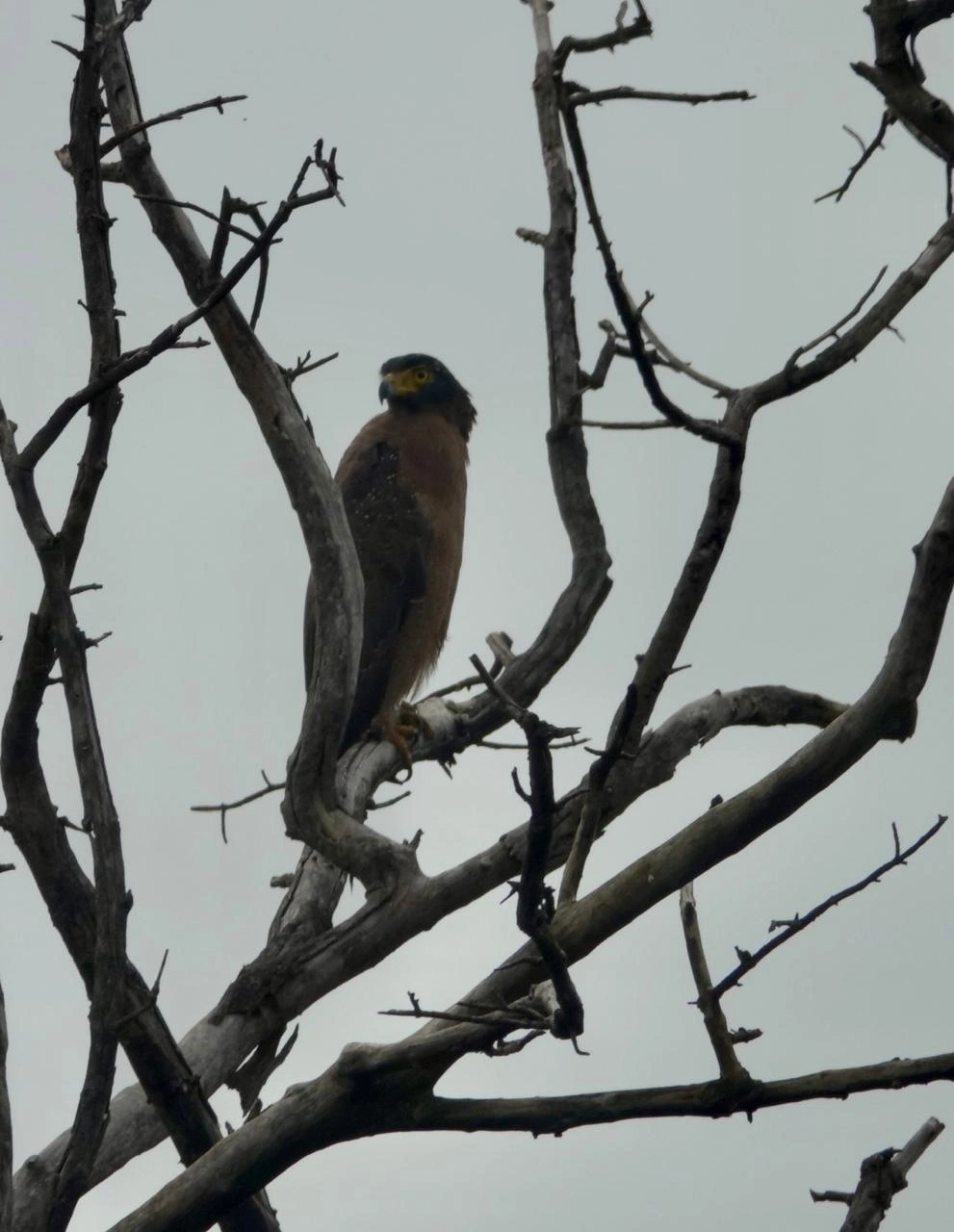
Crested Serpent Eagle
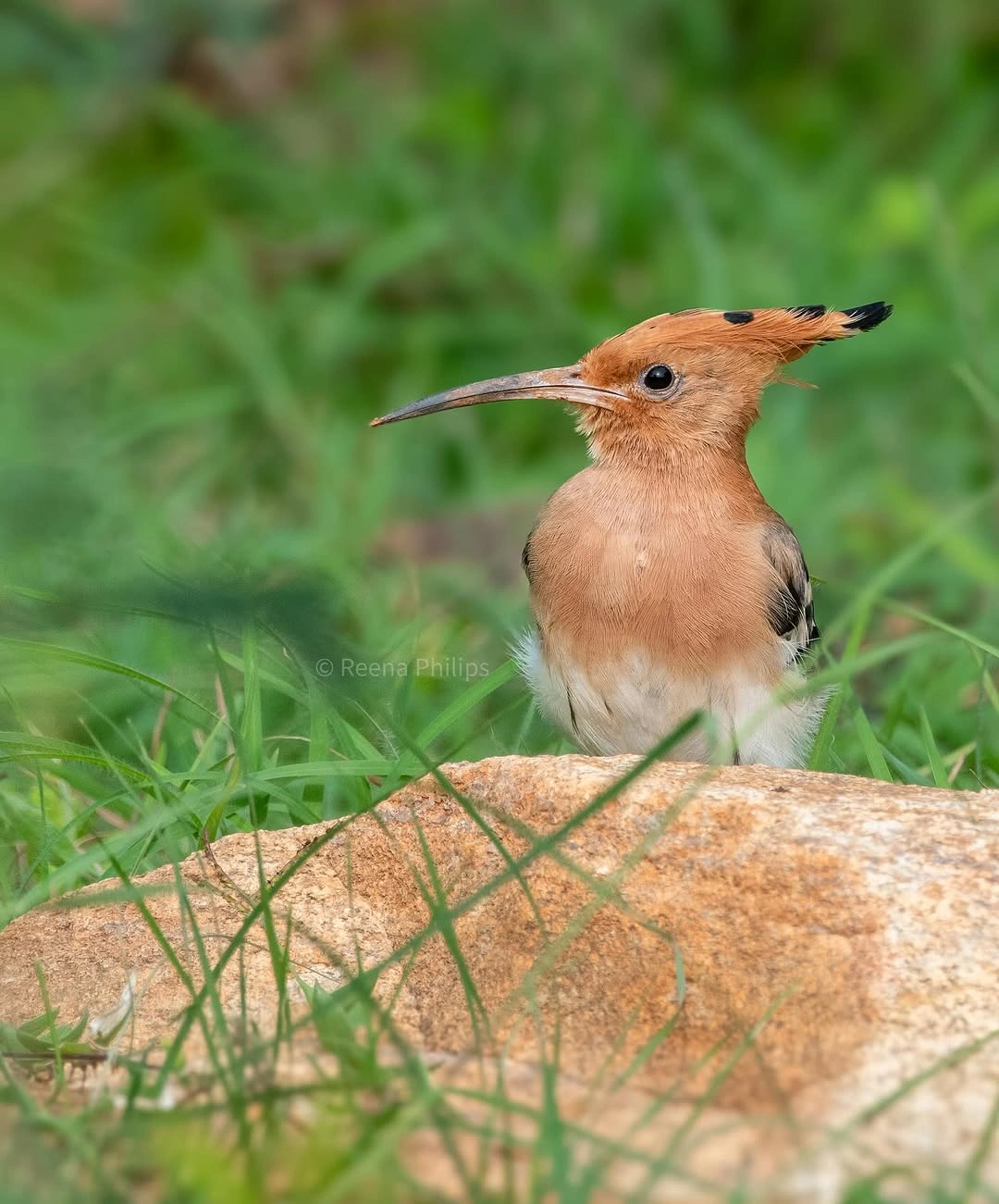
Eurasian Hoopoe
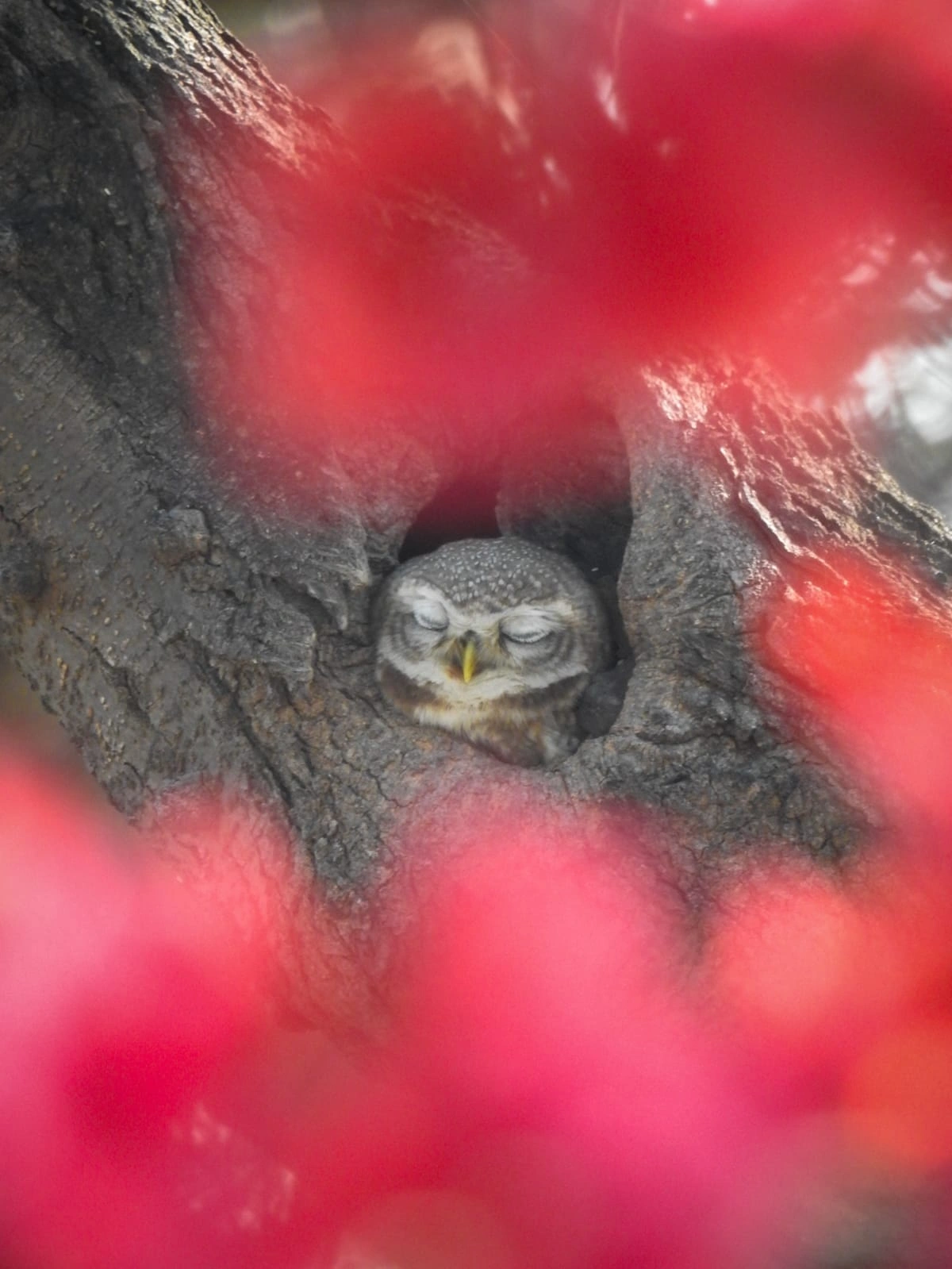
Spotted Owlet
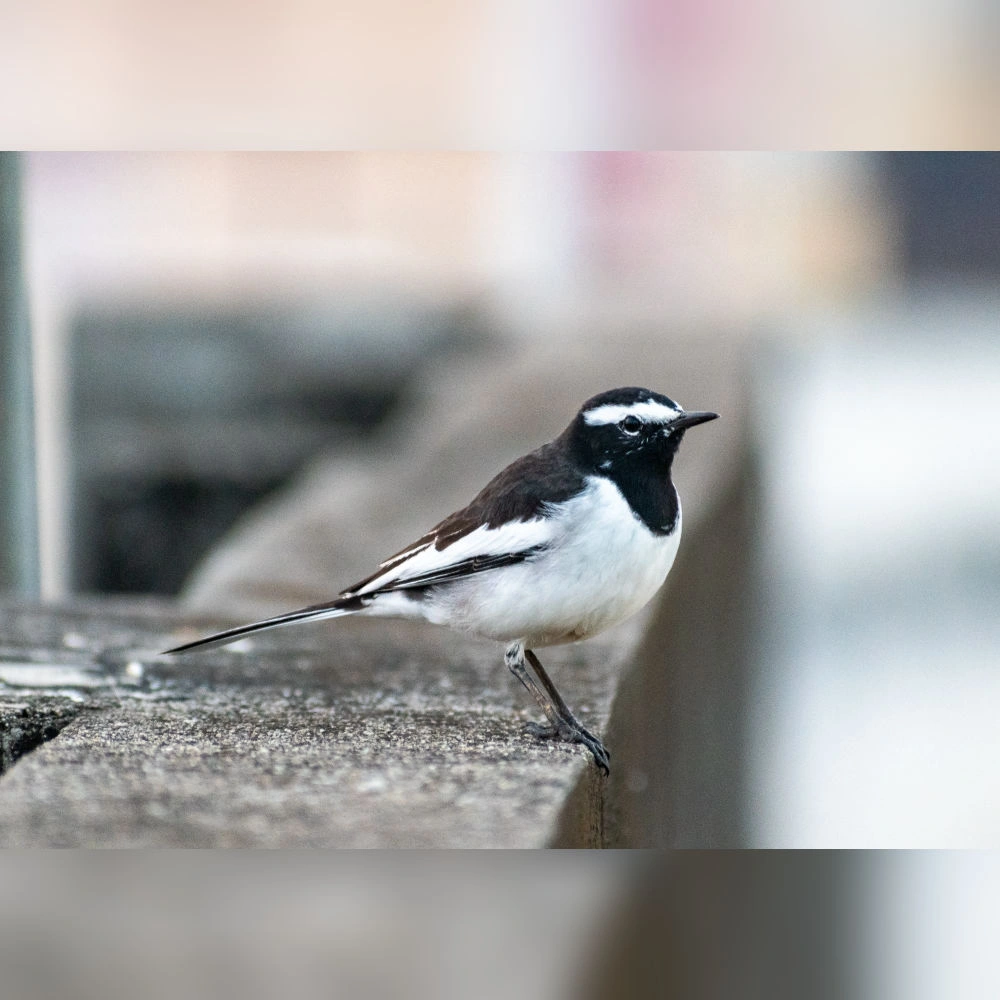
White-browed Wagtail
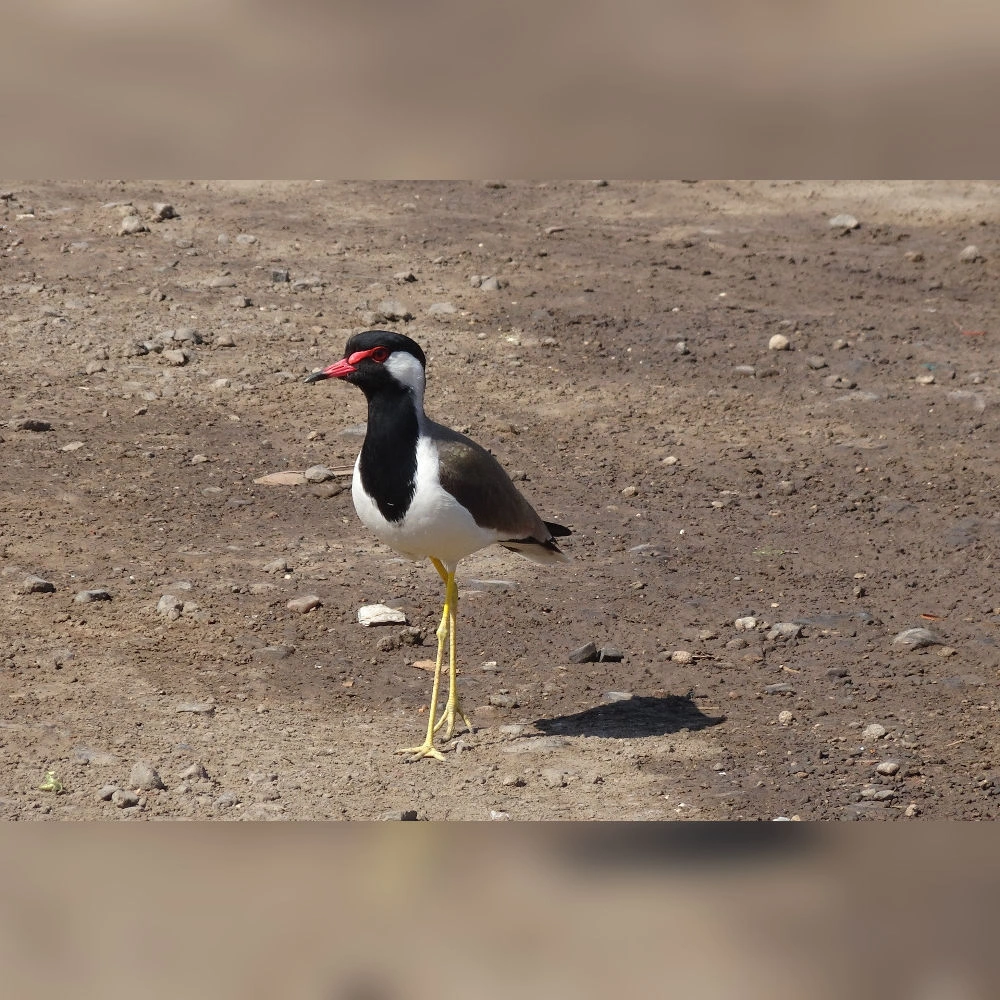
Red-wattled Lapwing
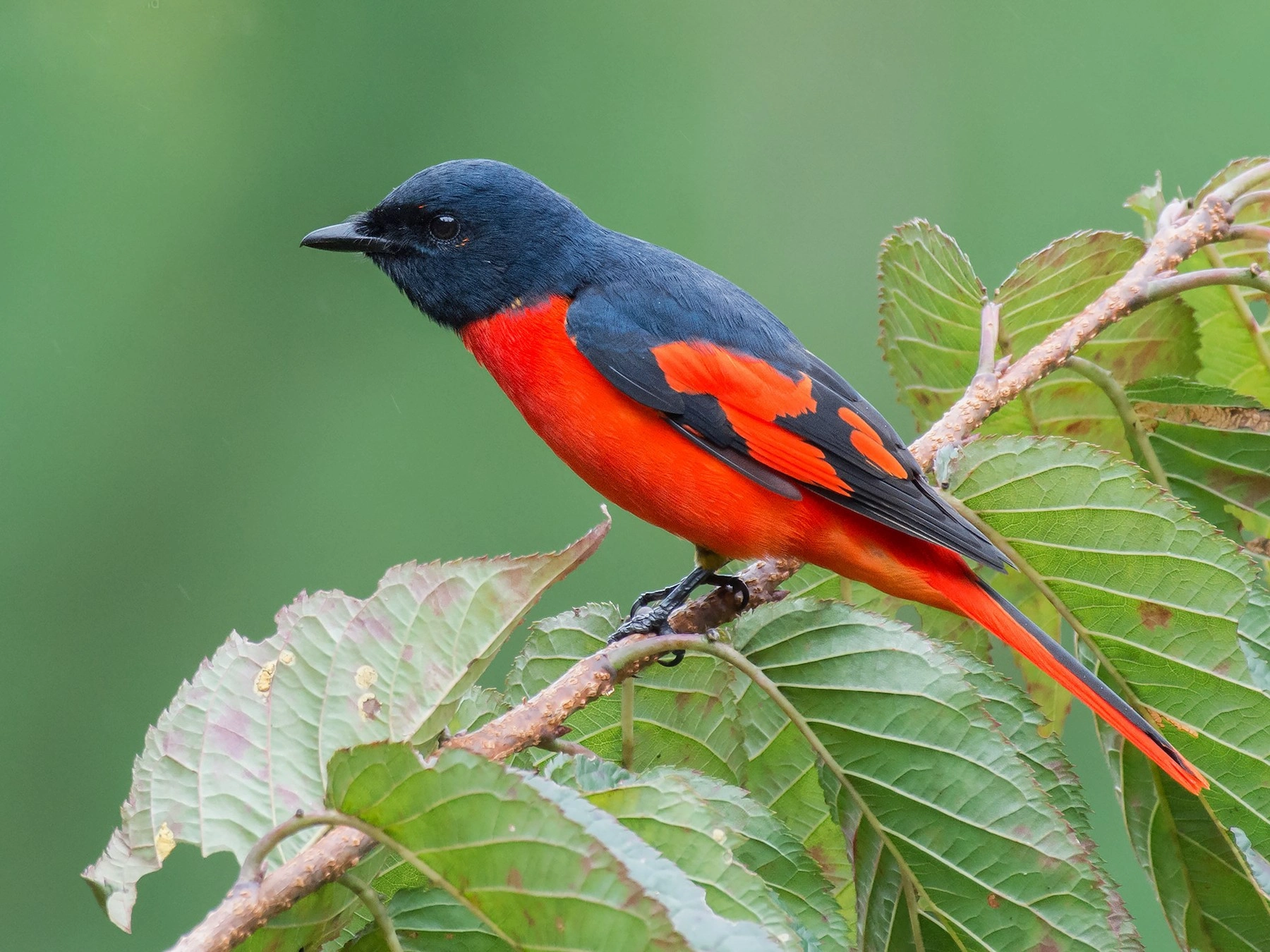
Scarlet Minivet
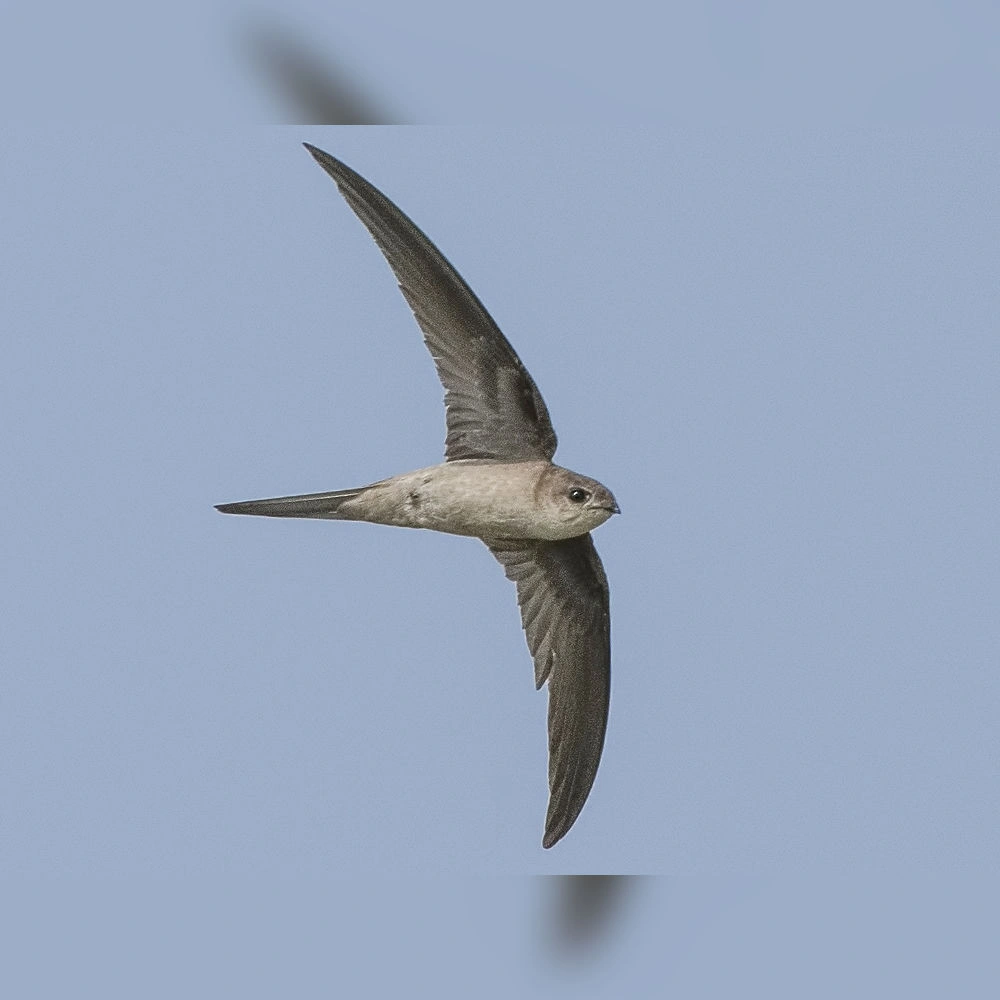
Asian Palm Swift
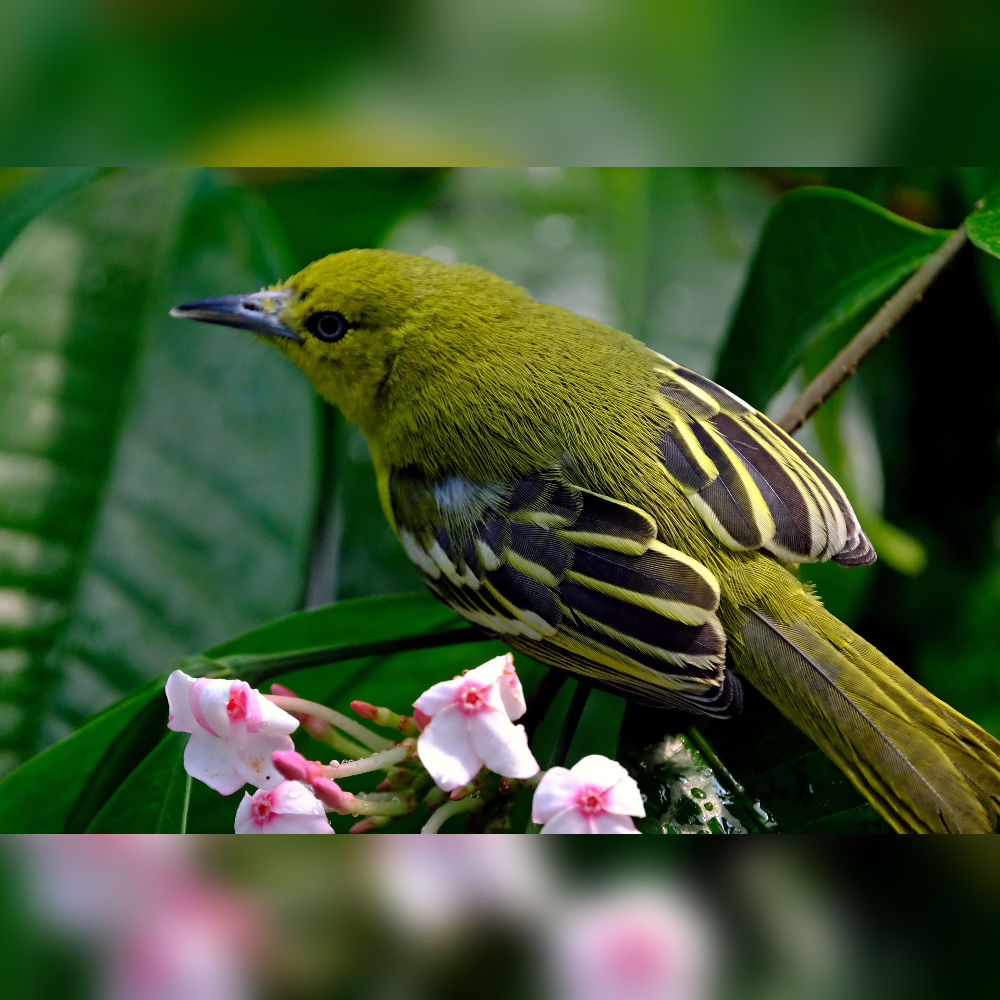
Common Iora
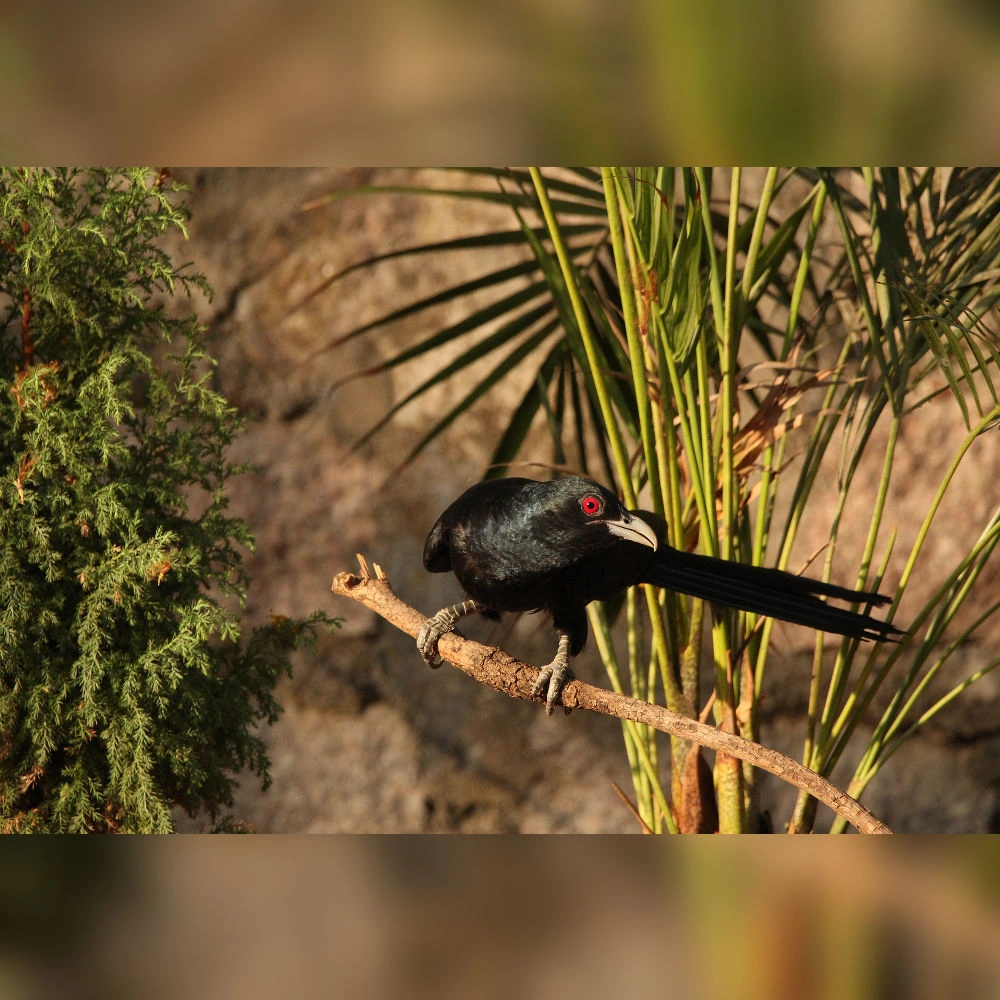
Asian Koel
Summary of Walk
The bird walk at Lulung, Mayurbhanj, Odisha, led by Barun, attracted 10 enthusiastic participants eager to explore the rich avian diversity of the region. Beginning in the calm of the early morning, Barun guided the group through forest trails, explaining the importance of birdwatching as both a recreational and scientific activity. Participants learned how to identify birds based on key features like size, color, calls, and behavior, and also gained insights into how birds are named and classified in the field of ornithology.
During the walk, the group recorded a total of 25 bird species, making it a rewarding experience for both beginners and seasoned birders. Some of the most fascinating sightings included the Scarlet Minivet, Jerdon’s Sunbird, Jungle Owlet, Black-hooded Oriole, Alexandrine Parakeet, and Bronzed Drongo. The walk not only helped participants sharpen their identification skills but also emphasized the importance of conserving bird habitats and protecting the biodiversity that surrounds them. The session left everyone inspired to continue observing and safeguarding their local wildlife.
Number of Participants
0

